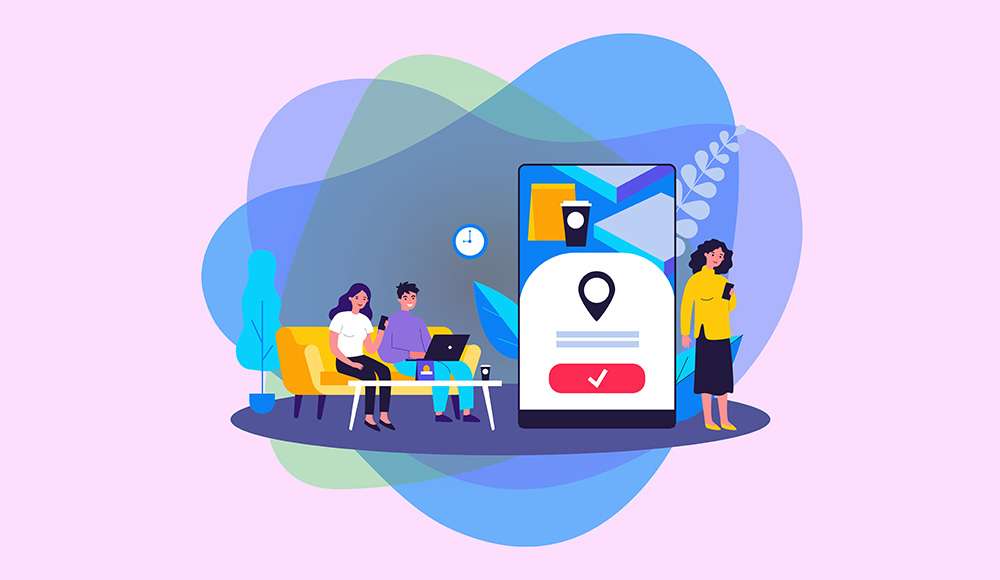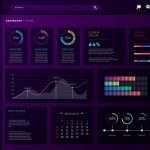
How to Design Frictionless Onboarding That Actually Retains Users
You’ve done the hard work. You’ve built a powerful app, polished the UI, and driven traffic to your platform. A user signs up, full of intent and curiosity. But within minutes, they’re gone, never to return. What went wrong? The answer often lies in the most critical and overlooked phase of the user journey: onboarding.
The first 30 seconds of a user’s experience can make or break your product. This initial interaction is where you must bridge the gap between their initial interest and the “Aha!” moment—the point where they truly grasp your app’s value. A clunky, confusing, or demanding onboarding process is the fastest way to lose a potential power user.
Frictionless onboarding isn’t about bombarding users with every feature. It’s a strategic, empathetic process of guiding them to their first win as quickly and seamlessly as possible. Here’s how to design an onboarding experience that doesn’t just activate users but retains them for the long haul.
Hire a UI/UX Designer
1. Ditch the Grand Tour: Focus on the Core Value
One of the most common onboarding mistakes is the “grand tour”—a multi-step, front-loaded tutorial that exhaustively explains every button, menu, and feature. While well-intentioned, this approach overwhelms users with information they don’t need yet and delays their ability to actually do anything. It creates cognitive friction by forcing them to memorize a layout before they’ve even understood the core problem your product solves.
Instead of a comprehensive tour, adopt a contextual, action-oriented approach. Your goal is to guide the user to perform one key action that delivers immediate value.
-
For a project management app: Guide them to create their first task, not show them where the account settings are.
-
For a design tool: Get them to place their first element on a canvas, not explain every export option.
-
For a social media scheduler: Help them connect one account and schedule their first post.
By focusing on a single, high-impact action, you build momentum. The user achieves something tangible right away, which provides a dopamine hit and a clear reason to continue exploring. Deeper features can be introduced later through contextual tooltips or progressive disclosure when the user actually needs them.
2. Personalize the Path: The “Choose Your Own Adventure” Onboarding
Not all users are created equal. A project manager signing up for your app has different goals than a software developer or a marketing specialist. A generic, one-size-fits-all onboarding flow ignores these diverse needs and can feel irrelevant to a significant portion of your user base. The solution is to personalize the onboarding path from the very first screen.
Start by asking a simple, direct question during signup: “What is your role?” or “What do you want to achieve today?” Based on their answer, you can tailor the entire onboarding experience.
-
Role-Based Customization: Show a developer how to integrate with GitHub, but guide a marketer toward the content calendar features. This demonstrates that you understand their specific workflow and have built a solution for them.
-
Goal-Oriented Flows: If a user says they want to “track team progress,” your onboarding should immediately direct them to dashboard and reporting features. If they want to “organize personal tasks,” guide them to a simple to-do list view.
This “choose your own adventure” model reduces friction by cutting out irrelevant steps and making the user feel understood. It transforms the onboarding from a generic tutorial into a personalized consultation, dramatically increasing the perceived value of your product.
3. Progressive Disclosure: Reveal Complexity as Needed
Your application might be incredibly powerful, but revealing all its complexity at once is a recipe for user anxiety. Progressive disclosure is a design principle centered on providing information only when it becomes relevant. It’s about maintaining a clean, simple initial interface and introducing advanced features organically as the user becomes more proficient.
Think of it like learning to drive a car. On day one, you focus on the steering wheel, accelerator, and brake. You don’t need to know how to change the oil or what every dashboard light means. That knowledge becomes useful later, once you’ve mastered the basics.
-
Start with a Clean Slate: On first login, the UI should be minimal. Hide advanced settings, complex filters, and niche features behind “Advanced” toggles or within secondary menus.
-
Use Contextual Cues: When a user performs an action for the second or third time, you can introduce a tooltip suggesting a more efficient shortcut or a related feature. For example, after they’ve manually created a few tasks, you could prompt them with: “Did you know you can import tasks from a CSV?”
-
Celebrate Milestones: Acknowledge user progress. When a user completes a key set of actions (e.g., inviting three team members), celebrate it with a small, positive notification. This reinforces their learning and encourages them to explore further.
This approach respects the user’s learning curve, reduces cognitive load, and builds their confidence, making them feel smart and capable as they master your application one step at a time.
4. Provide an Escape Hatch: Never Make Onboarding Mandatory
Even the best-designed onboarding flow might not be right for everyone. Some users are experienced with similar tools and want to jump right in. Others might be in a hurry and don’t have time for a guided setup. Forcing every user through a mandatory, unskippable tutorial is a surefire way to create frustration and increase your bounce rate.
Always provide a clear and easily accessible “Skip” or “Exit” option at every step of the onboarding process.
- Trust Your User: Give them the autonomy to decide how they want to learn. An expert user will appreciate being able to bypass the basics and explore freely.
- Offer On-Demand Help: Skipping the tour doesn’t mean abandoning the user. Ensure that help resources, including a searchable knowledge base and the option to restart the tutorial, are always available from the main interface. A small, non-intrusive question mark icon in the corner is often sufficient.
Providing an escape hatch respects the user’s time and expertise. It’s a sign of confidence in your product’s intuitive design and shows that you prioritize user freedom over a rigid process.
Conclusion: Onboarding is a Feature, Not a Chore
Ultimately, frictionless onboarding is not a one-time setup wizard; it is an integral, ongoing feature of your product. It is your first, best chance to prove your product’s value and build a positive relationship with your user. By focusing on a single core action, personalizing the journey, revealing complexity progressively, and always providing an exit, you can turn the crucial first 30 seconds from a point of friction into a catalyst for long-term retention. Stop thinking of onboarding as a checklist to be completed and start designing it as the first, most rewarding experience your users have with your application.













